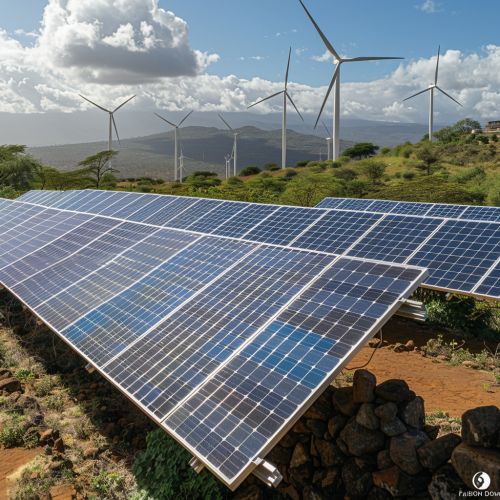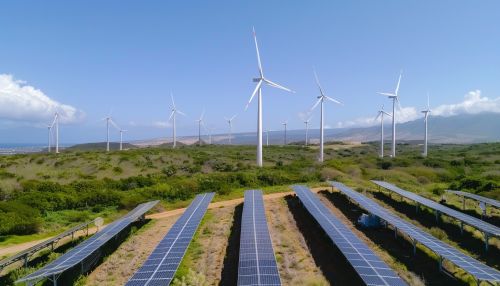Renewable Energy in Developing Nations
Introduction
Renewable energy in developing nations refers to the use of renewable energy sources such as solar, wind, hydro, and bioenergy in countries classified as developing by various international bodies like the United Nations. These countries often face unique challenges in their energy sectors, such as lack of access to modern energy services and heavy reliance on traditional biomass for cooking and heating. However, they also have significant potential for renewable energy development due to abundant natural resources and growing energy demand.


Renewable Energy Potential in Developing Nations
Developing nations are often located in regions with high renewable energy potential. For example, countries in the tropics have high solar irradiation levels, making them ideal for solar power generation. Similarly, countries with extensive coastlines or large river systems have significant potential for wind and hydro power.
Challenges in Renewable Energy Development
Despite their potential, developing nations face several challenges in harnessing renewable energy. These include lack of technical expertise, inadequate financial resources, and weak policy and regulatory frameworks. Additionally, the high upfront costs of renewable energy technologies can be a barrier to their adoption.
Renewable Energy Policies in Developing Nations
Many developing nations have implemented policies to promote renewable energy. These include feed-in tariffs, renewable portfolio standards, and tax incentives. However, the effectiveness of these policies varies widely, and many developing countries still rely heavily on fossil fuels for their energy needs.
Case Studies
Solar Energy in India
India is a prime example of a developing nation that has made significant strides in renewable energy development, particularly in solar power. The country's National Solar Mission aims to achieve 100 GW of solar capacity by 2022.
Wind Energy in Brazil
Brazil has emerged as a leader in wind energy in Latin America, with over 15 GW of installed capacity. The country's PROINFA program has been instrumental in promoting wind energy development.
Hydropower in Ethiopia
Ethiopia is one of the leading countries in Africa in terms of hydropower development. The country's Grand Ethiopian Renaissance Dam, once completed, will be the largest hydroelectric power plant in Africa.
Conclusion
While developing nations face numerous challenges in harnessing renewable energy, they also have significant potential for renewable energy development. With the right policies and investments, these countries can transition to a sustainable energy future and contribute to global efforts to combat climate change.
